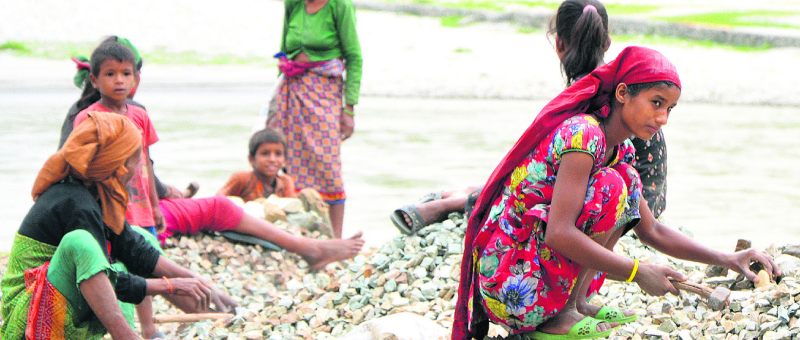Education sector was comparatively quick to search for an adjustment to address the challenges COVID-19 posed to the system thanks to the information and communication technologies (ICT) capable for the purpose. Private schools and universities starteddelivering online while government has been promoting alternative methods to continue teaching and learning activities through radio and television as well. Nevertheless, the pandemic pedagogy put in place also needs to ponder over the gender concerns to ensure inclusiveness and meaningful participation of the female students.
Gender social norms and practices, inequalityand discrimination tend to compound further during any disaster, unrest or pandemic. The COVID condition also has further added to the work load and responsibilities to the women and girls for example the traditional role of women as care provider and manager of household chores needs to be executed more cautiously and intensely by them that will leave little time for educational engagement.Moreover, huge increase in the incidents of gender based violence and domestic violence during the lockdown period impacts women and girls education adversely. The patriarchal mindset might guide the families to put their daughter's education on a backburner under strained economic condition caused by the pandemic.
#Sexploration Episode 3 Discussion on Gender Markers

Moreover, the gender digital divide is yet another impediment for the female students' to participation in educational activities on equal footing. Data and studies have shown that female students lag behind in possession of electronic devices and knowledge on its use. It has bearing on accessibility, affordability and practicality of digital resources and platform for the female students. Researches have shown that digital divide widens among the gender in the process of socialization as girls are provided with toys and dolls while boys are exposed to video games and electronic devices.
Given the situation, the pedagogical practices and education activities being practiced during this pandemic should take into account the gendered aspect. The timing of the online class, the user friendly interface of the virtual platform used for education purpose needs to be designed considering the gender roles and capacity. As most of the face to face class is being operated in live online class, the timing might not be feasible for female students. Recorded educationmaterials and sessions might help them as they can access them in their leisure time instead of attending classes when there are chances of disturbance and pressure due to household and care work. The flexible timing of assignment submission, handholding from the teachers and facilitators on individual basis will create enabling environment for female students to achieve their educational outcome.
The family support is instrumental in ensuring the continuation of education of women and girls in effective manner in the time of public health emergency. On the policy level, government should conduct focused research on the gender dimensions that need to be addressed in the pandemic pedagogy and design the program accordingly.
(The author is currently pursuing his M.Phil in development studyfrom Kathmandu University School of Education)







































